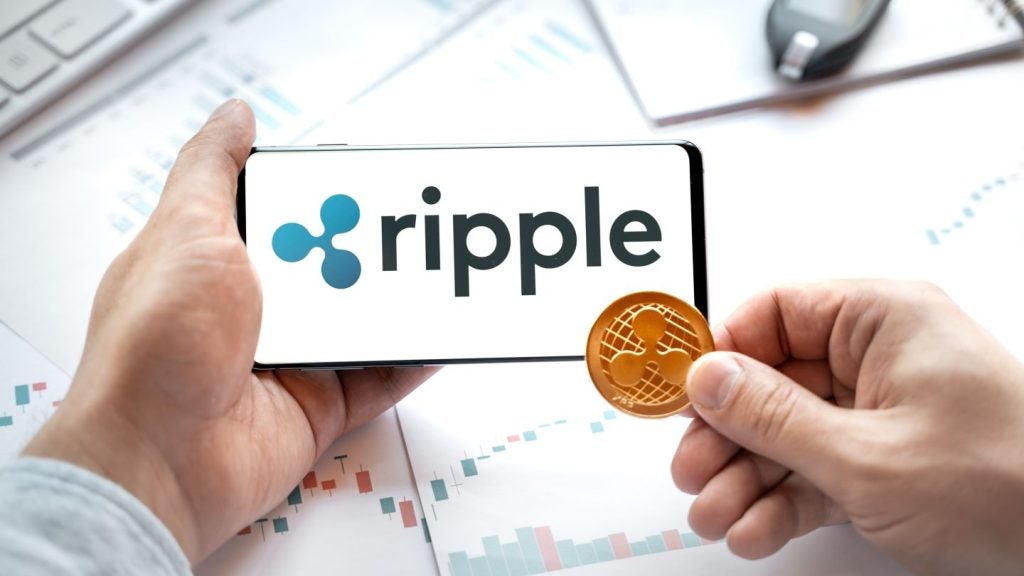Finally there are signs of recovery from the US after the global financial crisis. However, the immense pressure on profits could prove damaging. How are the debit, credit and prepaid card markets playing their part in the recovery? And is it substantial enough for the shareholders and the regulators?
One country hit particularly hard by the global financial crisis was the US. Over five years later, the market is still only beginning to recover. There are some highlights, particularly credit cards, but others are beginning to stagnate due to added pressure, especially banks.
The US has the world’s largest payments market, and one of the highest levels of card penetration. In 2014, the US accounted for 86% and 87.7% of North America’s transaction value and volume respectively.
Electronic payments have steadily gained ground in the US, and in terms of transaction volume they have overtaken the once-
dominant cheque. The decline in cheque transactions gathered pace in the past ten years, largely due to a surge in the conversion of cheques into automated clearing house debits.
The shift towards electronic payments has also been aided by contactless technology, which was launched in 2004 and is now gaining significant momentum. US consumers have a variety of contactless propositions to choose from, as all major payment networks – Visa, MasterCard, American Express and Discover – have contactless cards available to consumers.
Focus has also increased on mobile payments, with the launch of solutions such as Apple Pay and Starbucks’ mobile wallet. Competition in the industry is likely to intensify further with the launch of Android Pay and CurrentC in 2015.

US Tariffs are shifting - will you react or anticipate?
Don’t let policy changes catch you off guard. Stay proactive with real-time data and expert analysis.
By GlobalDataIn a highly competitive and mature market, banks and card issuers are facing changing regulatory, competitive and customer dynamics. While card issuers are subject to rising regulatory requirements and increased competition, consumers’ behaviour has also changed; they are becoming increasingly value-driven and are looking for benefits beyond traditional products or services. This has put increased pressure on profitability, forcing issuers to reassess products, costs and revenue streams.
The US economy and employment levels were badly hit by the global financial crisis of 2008-2009, forcing many consumers to default on credit card payments. Banks subsequently recorded high volumes of bad debt. Most banks cleaned their customer bases and deactivated bad credit accounts; the number of credit cards in circulation fell as a result.
Employment opportunities have improved with US economic growth from 2010. Supported by a strengthening economy and low credit card delinquency, banks have again started to focus on credit card business, albeit adopting a more cautious approach in terms of issue. In addition to targeting consumers with high FICO scores, banks and card issuers are now also offering cards to consumers with low credit ratings. For consumers with bad or fair credit histories, the average percentage rate is higher than normal, and the cardholder is required to make a security deposit with the bank to obtain a credit card.
Banks’ profitability under pressure
Profitability in the cards and payments industry fell following regulation on interchange in 2011. In the US, checking account and debit card market conditions changed dramatically with the enactment of the Durbin Amendment. The regulation’s interchange rate caps created a significant revenue shortfall for large banks, forcing them to lose revenue and rework checking account pricing strategies.
Banks are now combating further revenue erosion by increasing checking account minimum balance requirements, increasing fees, and limiting reward programmes. According to Bankrate, the proportion of free checking accounts in the US dropped from 76% in 2009 to 38% in 2013.
However, the Durbin Amendment applies only to financial institutions with assets of more than $10bn. With the large banks’ emphasis shifting from debit to credit cards, an opportunity exists for smaller banks and other financial institutions to expand their debit card business.
In November the Consumer Financial Protection Bureau proposed a comprehensive range of consumer protection for US prepaid cards. The proposals require prepaid card issuers to limit consumers’ losses when funds are stolen or cards are lost, investigate and resolve errors, and provide easy and free access to account information.
The proposal also includes strong protections in connection with credit products that allow consumers to pay to spend more money than they have deposited into the prepaid account. Under the proposed rule, if consumers choose to use a credit product related to their prepaid account, they would be entitled to the same protections that credit card consumers receive today. The regulations are anticipated to restrict the fast-growing prepaid cards market.








